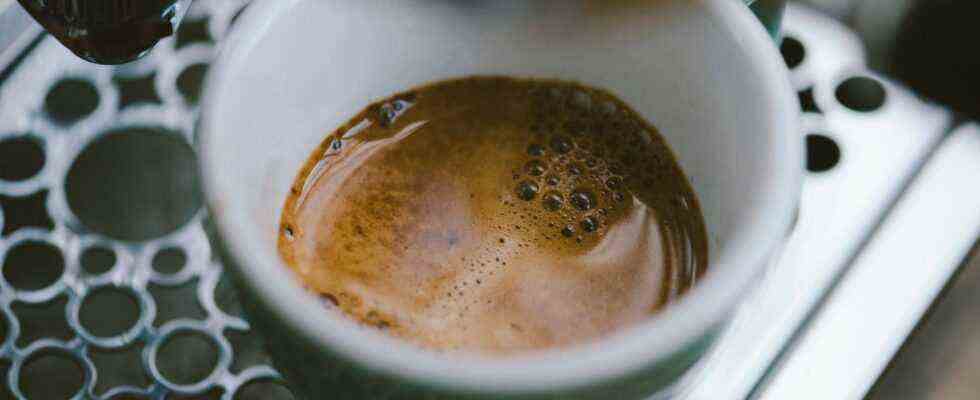Intangible World Heritage
Only Italian espresso is “real” espresso, right? UNESCO should now speak a word of power
The espresso, known as caffè in Italy, will soon officially be a national treasure.
©Getty Images
The Italians start a second attempt. Your espresso should finally be protected by Unesco as a cultural asset typical of the country. Last year, the Commission had rejected the applicants.
La Dolce Vita – the beautiful Italian life, it is known to taste sweet. And after espresso. The rendezvous at the counter with the small but strong coffee is a fixed part of the culture. And is simply typical of Bella Italia, the Italians think. So typical that this is finally to be confirmed with book and seal. The espresso, it should go where the Neapolitan pizza has already arrived, on the Unesco list as intangible cultural heritage.
Only last year, the Italians caught a slap with a first application. UNESCO had rejected the application, or rather: the applications. Because the Commission had two documents in front of them, which independently of each other advocated the caffeinated hot drink. On the one hand, the consortium for the protection of the traditional Italian espresso, which wanted to protect both the drinking ritual and the espresso preparation.
But the Campania region had also submitted an application. They wanted espresso to be confirmed as an integral part of Neapolitan culture. The Wall Street Journal quoted a scientist at the time as describing the consortium’s proposal as “an act of war by the North against the South”. In the end, UNESCO rejected both applicants. According to the Commission’s recommendation, the groups should perhaps consider working together.
Enemies become friends for the espresso
A suggestion that initially met with little approval. So it is hardly surprising what Francesco Emilio Borrelli, President of the Campania Region’s Agricultural Commission, recently reported. Accordingly, the rapprochement was anything but euphoric. After the proposals initially “seemed incompatible”, the hatchet was finally buried. “After months of discussions, it was possible to find a synthesis between the two proposals submitted,” Borrelli told the news site “Fanpage”.
If the application were to go through at Unesco, it would mean that a “real” espresso would have to be prepared and drunk according to strict rules from then on in order to actually be considered authentic. This means that the beans must be freshly ground and the coffee must not be brewed for less than 20 and no longer than 27 seconds. The crema must remain evenly on the surface for at least two minutes after dispensing the espresso – without stirring, of course – and have “a dark, hazelnut-brown color with light streaks”. Quantity and temperature are also documented in the application. Even the type of cup to be used was determined: porcelain with a narrow base.

Espresso – more than a drink
Such a proposal would have been unthinkable just a year ago. Originally, Unesco only honored important sites such as the Roman Forum in Rome or the arcades in Bologna, but “cultural and culinary traditions” have only been included for a few years now. A dozen such country-specific uniquenesses have already made it onto the list. The Sicilian puppet theater is one of them, but also the traditional art of violin making and the Italian truffle culture.
Gian Marco Centinaio is convinced that the espresso would fit well into this illustrious circle. “In Italy, coffee is much more than a simple drink,” quotes “The Local” as saying the deputy agriculture minister. It is much more an authentic ritual, an integral part of national identity. “For all Italians, the cup of espresso is a social and cultural ritual that is also reflected in literature and that fascinates the whole country, from Naples to Venice and Trieste to Rome and Milan.”
Source: The Local, fan page, The Wall Street Journal, Food & Wine



